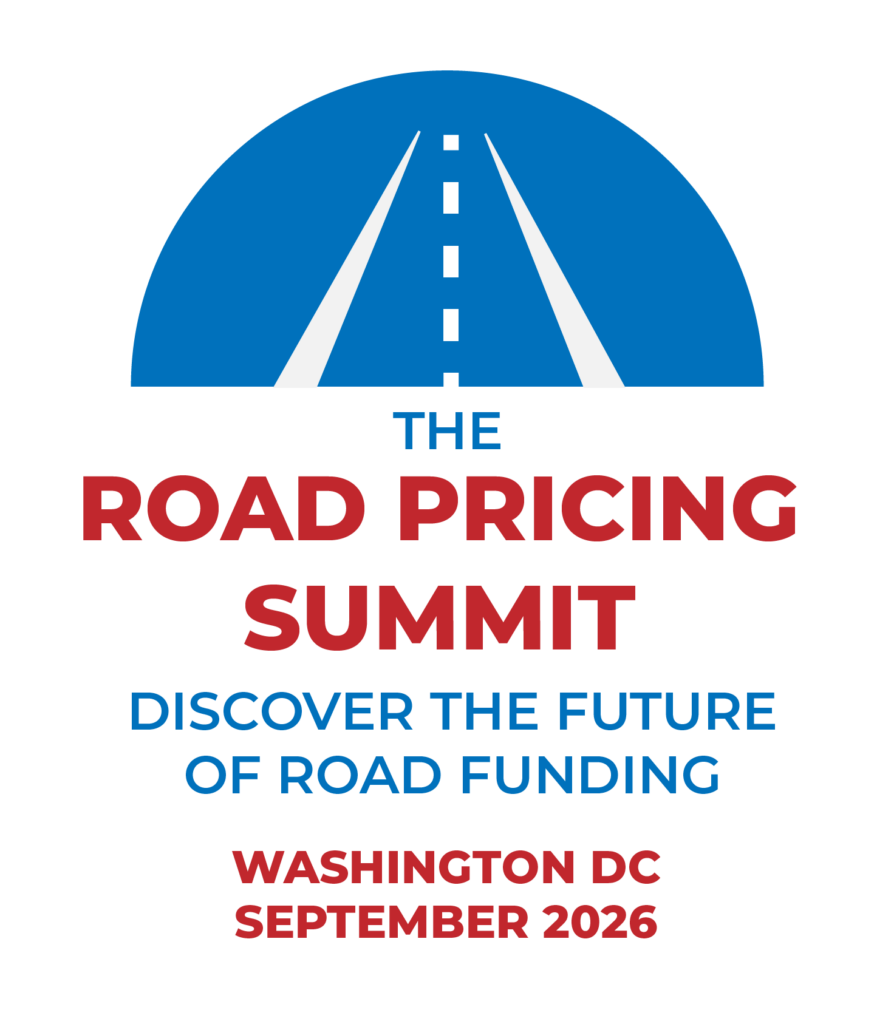With entries for the CiTTi Awards 2025 now open, City Transport & Traffic Innovation Magazine (CiTTi Magazine) has launched an exclusive series of Q&A interviews with the expert panel of judges responsible for assessing this year’s submissions.
In the weeks ahead, the magazine will shine a spotlight on each of the judges – a diverse group of leading professionals drawn from across the sustainable urban mobility and transport technology sectors – to explore their backgrounds, industry perspectives and what they’ll be looking for in an award-winning entry.
From public sector figures to academic and technical specialists, this year’s judging panel represents a broad spectrum of knowledge, insight and experience – all of which will help identify the most innovative, impactful and forward-thinking projects, products and people shaping the future of city transport and traffic innovation.
One of the judges taking part in the 2025 edition is Grahame Bygrave, deputy chair of Association of Directors of Environment, Economy, Planning & Transport’s (ADEPT) transport & connectivity board.
Bygrave is also a chartered civil engineer and chartered manager and serves as lead director of infrastructure at Norfolk County Council.
He oversees one of the largest local authority transport networks in the United Kingdom, with responsibility for highways, transport, and waste.
With decades of experience, he has led the delivery of major infrastructure projects, smart mobility and micromobility initiatives, high-performing public transport services, and Norfolk’s transition to electric vehicles.
Speaking to CiTTi Magazine, Bygrave has his eyes on transport network’s accessibility, efficiency, and sustainability, focusing on how operators can champion forward-thinking schemes in the communities they service.

Name: Grahame Bygrave
Job title: Deputy Chair of the Transport & Connectivity Board
Organisation: ADEPT
How does your professional expertise align with the CiTTi Awards’ mission to recognise and celebrate innovation in urban mobility?
I have built my career around delivering innovative transport solutions, which aligns perfectly with the CiTTi Awards’ focus on urban mobility innovation. In Norfolk, I’ve been responsible for managing a large and complex highway and transport network – 6,200 miles of roads and hundreds of thousands of other assets – a scale that demands constant innovation.
In this role, my teams have delivered major infrastructure projects, including new bypasses to reduce congestion and boost local economies, complex structures in urban areas like the new Herring Bridge in Gt Yarmouth, as well as delivering new micromobility services and introducing a large fleet of new, state-of-the-art, zero emission buses. I’ve championed the use of technology and data in transport, deploying Internet of Things sensors, intelligent traffic systems and the use of cutting-edge AI to make our network more efficient.
These experiences reflect a drive to improve how people move around cities by trying new approaches. By recognising and celebrating such forward-thinking projects, the CiTTi Awards share the very mission I pursue in my work: to make urban transport smarter, greener, more accessible and more user-centric through innovation.
What emerging trends or technologies in urban mobility and transport are you most excited about, and how do you expect them to be reflected in this year’s submissions?
The transport sector is evolving rapidly, and I’m excited by several emerging trends that I expect to see reflected in this year’s awards submissions. One major trend is the explosion of data-driven mobility – using real-time data, connectivity and AI to understand and manage transport better.
We’ve been embracing IoT sensors on highways (for traffic flow, winter gritting, etc.) in Norfolk for many years, so I anticipate entries leveraging data platforms and predictive analytics to optimise urban mobility and how we manage our transport networks. Another key trend is the rise of shared and active travel solutions. We’ve seen how giving people convenient options like bikes, e-bikes and e-scooters can transform local travel habits, so I expect innovation around micromobility and Mobility-as-a-Service to feature strongly. A third exciting area is around the decarbonisation of our transport networks.
Supporting EV charging infrastructure (in both urban and rural areas) and boosting public transport is a big focus for us, and I look forward to submissions showcasing progress in clean transport technology. In summary, smart data use, new mobility models, and sustainable transport tech are the trends I’m most eager to see highlighted by this year’s CiTTi Awards contenders.
As a judge, what insights do you hope to gain from reviewing the submissions, and how might this experience shape your perspective or influence your work in the sector?
Serving as a judge is a two-way street – I’ll be evaluating submissions, but I’m also looking forward to learning from them. Reviewing a wide range of entries offers a unique window into which new ideas and solutions are going to change the way we travel and the impacts this has on our environment and economy. I hope to see not just what technologies are being launched, but evidence of what’s actually working on the ground – which innovations are delivering real benefits to residents and businesses.
As someone who values sharing best practices in our industry, I’m excited to pick up insights that I can bring back to my own work in Norfolk. For instance, if I encounter a novel approach to improving road safety or reducing congestion, I’ll consider how we might apply or adapt it in our region. This judging experience will undoubtedly broaden my perspective by exposing me to creative solutions, which will help shape my role as a transport leader. Ultimately, seeing the cutting-edge of urban mobility innovation through the CiTTi Awards will help me continue to champion effective, forward-thinking changes in my day-to-day work.
In your opinion, how do the CiTTi Awards contribute to driving meaningful progress and innovation in urban mobility, and why is industry recognition so important?
Industry recognition through awards like CiTTi is far more than ceremonial – it actively drives progress by shining a spotlight on innovation. In the urban mobility sector, taking bold new approaches can be challenging, but having your work celebrated on a national stage validates those risks and efforts. I’ve seen how an award nomination or win can energise a team and deliver results. When a particular project is recognised, it sends a message to the whole industry about what’s possible – whether it’s a new traffic management system, a community-driven active travel scheme, or a breakthrough in transport technology.
This inspires and provides confidence to peer organisations to replicate or build on successful ideas, accelerating the spread and impact of innovation. Moreover, awards foster healthy competition and collaboration and provide a platform to share knowledge. In my view, the CiTTi Awards play a pivotal role in driving innovation forwards by celebrating pioneers in urban mobility, they encourage everyone in the sector to keep pushing boundaries for the benefit of our communities.
Can you share an example of an innovation or initiative that has significantly impacted urban mobility?
One example that stands out for me is Norwich’s introduction of our highly successful micromobility scheme in partnership with Beryl – it’s had a tremendous impact on urban mobility. We partnered with Beryl and made Norwich the first city in the UK to offer a unified hire scheme for pedal bikes, e-bikes, and e-scooters. The impact has been very positive. The shared bikes and e-scooters have quickly become popular for short trips, integrating seamlessly with public transport. We’ve seen significant shift away from cars, with more people being active and sustainable in how they move around the city, contributing to our sustainability goals. For me, this initiative proved how a creative idea, implemented well, can change travel behaviour at the city scale. It’s exactly the kind of innovation – combining technology, accessibility, and environmental benefit – that the CiTTi Awards are designed to recognise and encourage.
What advice would you give to companies and organisations looking to submit an award-winning entry?
My advice to companies and organisations entering the CiTTi Awards is simple: focus on the real-world impact of your project. When reviewing entries, we judges want to see more than just a clever idea or a new product – we want to understand what changed because of it. So, be clear about the problem you set out to solve and provide evidence of the improvements or benefits you delivered. Did your innovation cut commuting times for thousands of people, improve safety at a dangerous junction, or reduce emissions in a measurable and impactful way?
Quantify those results if you can and tell the story of how you achieved them. It’s also important to highlight what makes your approach unique or particularly effective. Perhaps you overcame a challenge where others failed, or you applied technology in a novel way – explain why your solution stands out. And finally, consider the broader lessons: what can the industry learn from your success? If you can show how your project makes a difference and why it matters, you’ll have a compelling entry.
Achievements and innovations in urban mobility will be recognised and celebrated at the fourth annual CiTTi Awards on 25 November 2025 at De Vere Grand Connaught Rooms in London. Visit www.cittiawards.co.uk to learn more about this unmissable event for the UK’s transportation sector!





